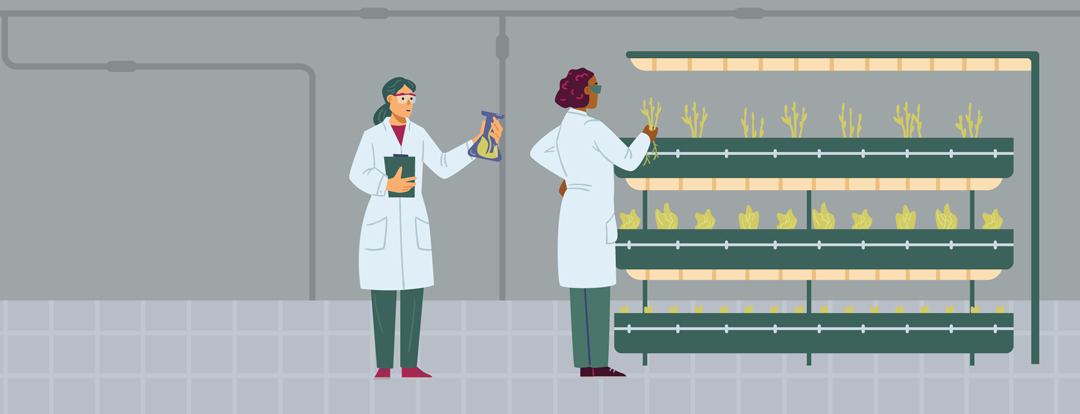A DREAM OF BETTER DATA
BY NEIL TOWNSEND
Today, AI and its corollary of machine learning have recently become buzzwords everywhere, including agriculture. The implementation of both requires data. It is readily available but, in the area of harvest data, sorely lacks veracity.
Resources are increasingly dedicated to data gathering and data science. Farmers are aware they are the target of much of it. Modern machinery, including combines, gathers data that is sent to corporate mother ships in various locations. Chemical, seed and fertilizer companies track every purchase. Banks even monitor each click to discern fiscal behaviour.
The entire supply chain relies upon crops produced across millions of acres of the Northern Hemisphere. While farmers rely on a successful harvest to assure income security, governments rely on adequate supply to allocate resources and set policy and billions of consumers depend on good production results for food security. Yet, despite all that is at stake, the quality of harvest data has deteriorated over the last several years.
Major benchmarking institutions such as the USDA, StatsCan and the International Grains Council seem to have an increasingly hard time to produce reliable and accurate crop estimates.
Take Canadian canola, which typically takes Statistics Canada two years after the harvest to iterate harvest data. Numbers are often adjusted by more than one million tonnes, with the usual move being an upward revision. In percentage terms, production results for a crop grown in 2023 may receive an adjustment of plus or minus seven per cent that might be determined in 2024 or even 2025. This means while the crop is in the bin, accurate data is at a premium.
It is hard to pinpoint one reason for this data degradation. There has been a massive expansion in the data sets organizations gather. For example, the pandemic sparked a need for additional health and economic data. Production estimates require resources to meet these expanded needs, yet people, money and computational power have been shifted toward other tasks. Conflicts such as war and trade disputes have further created general reluctance to share and publish data. There is no sign multilateral co-operation will boost the confidence interval in global production data.
As well, many farmers refuse to participate in surveys or provide false information. This contributes to a lack of clarity that makes trading harder for everyone. This is especially so for farmers who would benefit from better information with which to make production and marketing decisions.
At the bottom of the supply chain, farmers have the poorest access to reliable production information. Returning to our canola example, if farmers are told that production is five to 10 per cent below the actual result, they may feel compelled to hold on to their crop longer with the expectation of a larger price reaction. By the time the data is adjusted, farmers may have missed opportunities. More than anything, it creates an aura of doubt within the system that clouds the decision-making process.
Farmers allocate resources and acres in an efficient manner both for their own bottom line and for the global supply and demand balance sheet. A market that lacks efficiency is a higher cost market. Better data, an impossible dream, would make a better market.
Neil Townsend is chief market analyst with FarmLink Marketing Solutions.







Comments